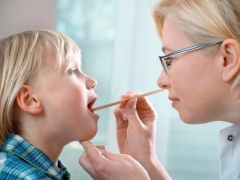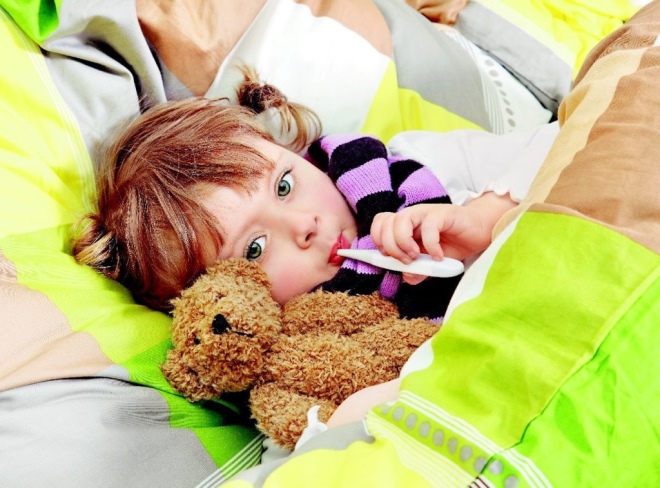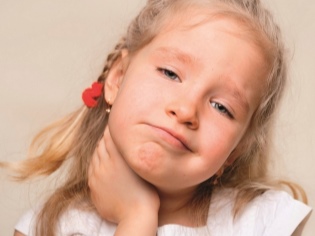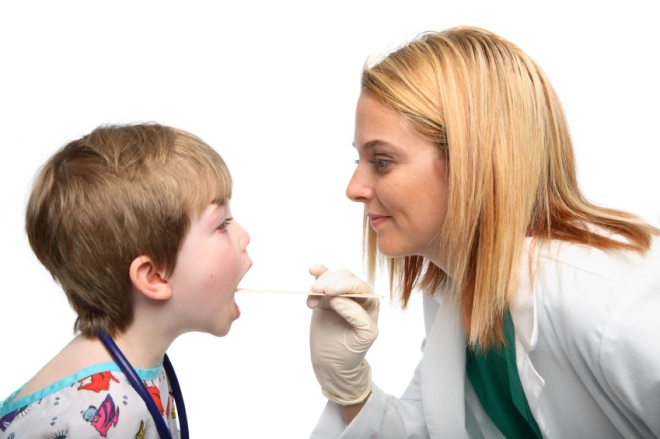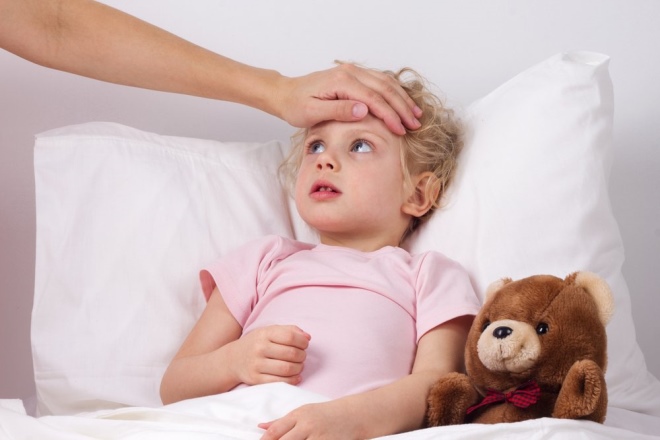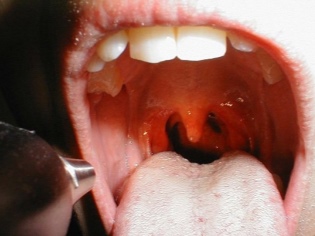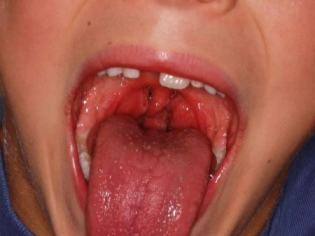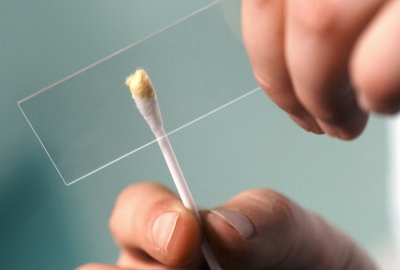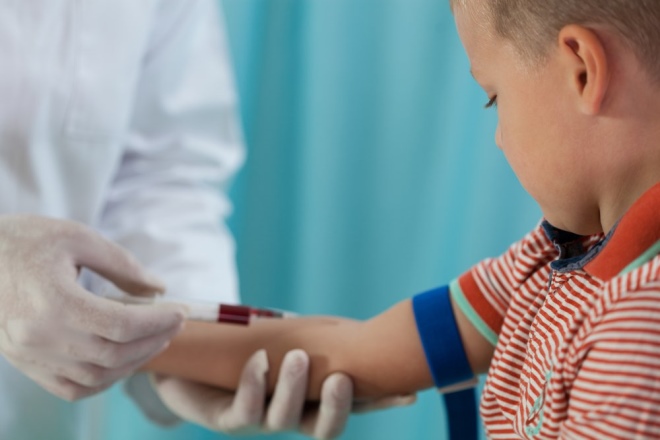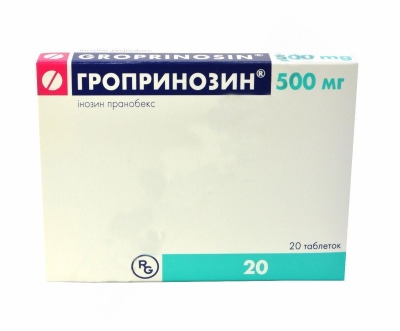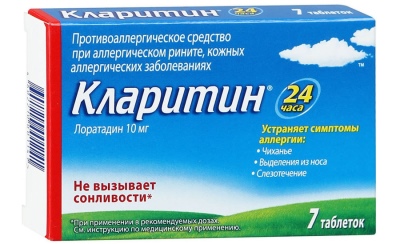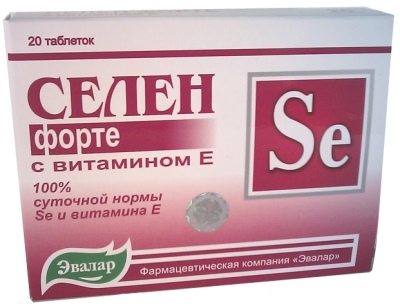Viral sore throat in children
You can catch a sore throat at any age. The disease is most severe in babies. Quite often, angina occurs on the background of a viral infection.
The reasons
Viruses are the second most common culprit in the development of angina in children after bacteria. Most often, the development of acute tonsillitis leads to infection with adenovirus infection, influenza and parainfluenza, as well as herpes.
The peak incidence of such forms of angina occurs at the age of 3-7 years.
Babies who attend educational institutions are most susceptible to infection. In crowded organized groups, viral infections usually spread with greater speed.
Systemic manifestations are characteristic of viral angina. Also manifest and catarrhal symptoms: runny nose and cough. For bacterial sore throat such manifestations, as a rule, are not characteristic and practically do not occur.
Viral forms of the disease usually occur in 5-7 days and end in complete recovery.
How can you get infected?
You can get sore throat after any contact with a sick and contagious person. The most common variant of infection is airborne.
The smallest viral particles during a conversation or sneeze into the environment. There they can be long enough and not lose their vitality. After getting on the mucous membranes of another child, viruses begin to multiply rapidly and provoke the development of the inflammatory process.
Another, also quite frequent way of infection, is the contact-household option.
It is possible during joint games with the same toys or when using common dishes. Similar cases of infection are noted within the family or in kindergarten. Violation of the rules of personal hygiene also leads to possible infection.
Symptoms
The first clinical manifestations of the disease appear after the incubation period. With viral tonsillitis, it is usually about 1-3 days.
In some forms of infection, the incubation period can last even up to a week. At this time, as a rule, the child has no adverse symptoms of the disease, and nothing bothers him.
The main manifestations of viral tonsillitis in children are:
- Increased body temperature. It usually rises to 38-39 degrees during the first days of the illness and lasts for a couple of days. Against the background of high body temperature, fever and high fever appear, and sweating increases.
- Sore throat when swallowing. Any food, especially with hard particles, can cause increased pain.
- Redness of the throat and enlarged tonsils. They become bright red. On the tonsils appear various rashes, as well as whitish or gray raids. For viral sore throats purulent crusts are not characteristic. This symptom occurs only when infected with a bacterial infection.
- Increased peripheral lymph nodes. The occipital and submandibular are most often affected. They become quite dense and painful when feeling.
- Severe headache, loss of appetite, changes in the general condition of the child. The baby becomes more capricious, refuses to eat, tries to spend more time in the crib. At high temperatures, symptoms of thirst and dry mouth increase.
What does it look like?
When viral sore throat tonsils become enlarged and bright red.The entire pharynx and oropharynx are also scarlet. Various rashes appear on the tonsils.
With adenoviral variants of the disease, they have the appearance of white millet kernels, which are located at some distance from each other.
Usually, on the 4-5th day of the illness, they open up, and the liquid flows out.
In the place of the former vesicles there are areas with erosions and ulcers. The surface of the tonsils becomes loosened and bleeds easily with any touch.
One week after the onset of herpes sore throat, the tonsils become clean and have no vesicle traces or sores.
Diagnostics
After the first signs of the disease appear, you should definitely show your baby to the pediatrician. The doctor will examine the throat of the child and be able to make the correct diagnosis.
To clarify the pathogen sometimes requires additional tests and surveys.
In all babies with angina, a smear is taken from the surface of the tonsils. It allows you to accurately determine the causative agent of the disease, and also to eliminate such dangerous children's infections as scarlet fever and diphtheria.
A complete blood count is performed for all babies with acute tonsillitis.
An increase in the number of lymphocytes against the general background of a high content of leukocytes indicates the presence of a viral infection in the body. Also, similar variants of acute tonsillitis occur with a strong acceleration of ESR.
Treatment
You can treat a sore throat and home conditions. To carry out such treatment should be with the obligatory supervision of the attending physician. The doctor will be able to identify the development of complications in time, as well as carry out the necessary correction of therapy if necessary.
For the treatment of viral angina apply:
- Antiviral agents. They help to effectively cope with viruses, as well as promote rapid recovery. The most commonly used drugs: Acyclovir, Rimantadine, Viferon, Groprinosin, Isoprinosine. They have a pronounced virotoxic action. Antiviral agents are usually prescribed in pill form, and in difficult situations - in injections and injections.
- Immunostimulating drugs. Significantly enhance the effect of antiviral drugs. May be administered in the form of drops, tablets, as well as candles. In children's practice, the most commonly used: Interferon, Immunal other. They are appointed for 7-10 days. Strengthen the immune system and contribute to the good work of the immune system.
- Antipyretic. Apply only when the body temperature rises above 38 degrees. Paracetamol-based or ibuprofen-based preparations are ideal for improving well-being. Such tools are approved for use in children's practice.
- Antihistamines. Used to eliminate swelling of the tonsils and reduce the symptoms of intoxication. Appointed for 5 days, usually 1-2 times a day. Some drugs can cause increased drowsiness, so they are usually recommended for use in the morning. As antihistamines suitable: ClaritinSuprastin Loratadine other.
- Plentiful warm drink. Helps eliminate viral toxins from the body. Such a simple measure helps to prevent the development of dangerous complications, which are manifested by inflammation in the kidneys or the heart. Compotes or fruit drinks made from berries and fruits are suitable as drinks.
- Bed rest for the entire period of high temperature. Being in bed will contribute to a quick recovery and improvement of health in a short time. Usually, with viral tonsillitis, doctors recommend babies to stay in bed for 2-3 days.
- Gentle food. All cooked dishes should be at a comfortable temperature, not higher than 50 degrees. Extremely cold foods may cause increased pain when swallowing. It is better to choose dishes with a more liquid consistency, which are not able to injure the tonsils.
- Rinse. Helps to wash the tonsils and eliminate plaque from their surfaces.Are usually 3-4 times a day for 5-7 days. Chamomile, calendula or sage decoctions, as well as a solution of diluted hydrogen peroxide and soda are well suited for washing.
- Anesthetic lozenges or lozenges. Eliminate pain in the throat and help reduce the inflammation of the tonsils. Faringosept, Strepsils, Septolete help to cope with pain when swallowing. Appointed 3 times a day throughout the week. Longer use of painkillers is discussed with your doctor.
- Multivitamin complexes, including selenium. The microelements contained in such preparations are necessary for a quick recovery after an illness, as well as to improve the functioning of the immune system. Selenium helps the body to quickly cope with viruses and activates the immune system.
- Creating a comfortable indoor climate. Excessively dry air in the children's room leads to difficulty breathing during a viral infection. The use of special devices - humidifiers helps to cope with this problem. They create the optimum humidity in the nursery, which is necessary for good breathing.
Below you can see a video of Dr. Komarovsky about a sore throat in children.
